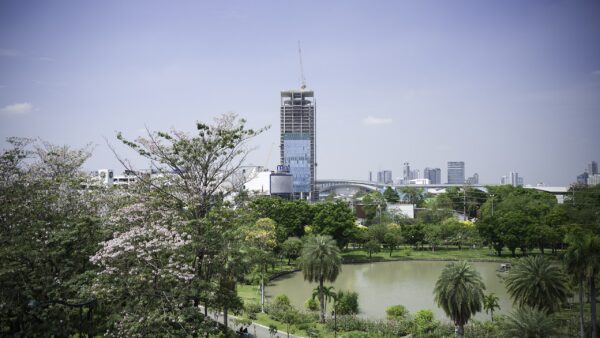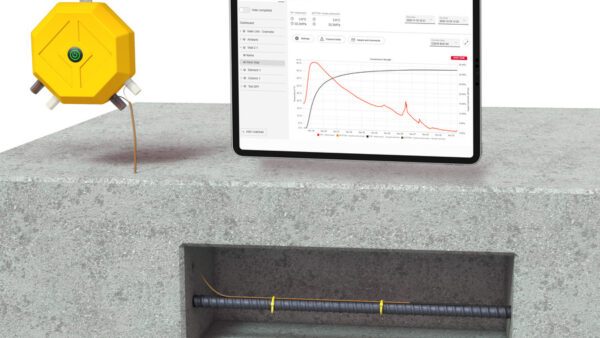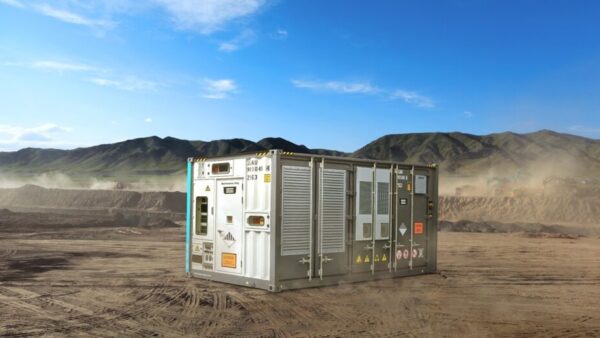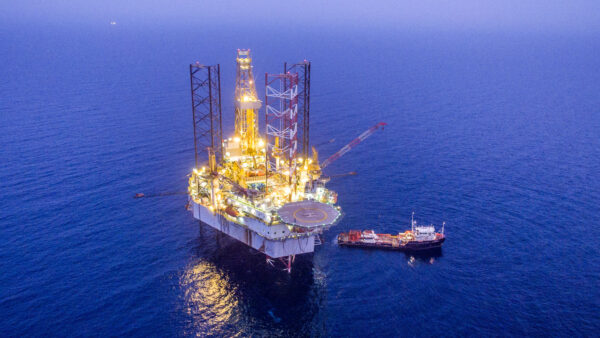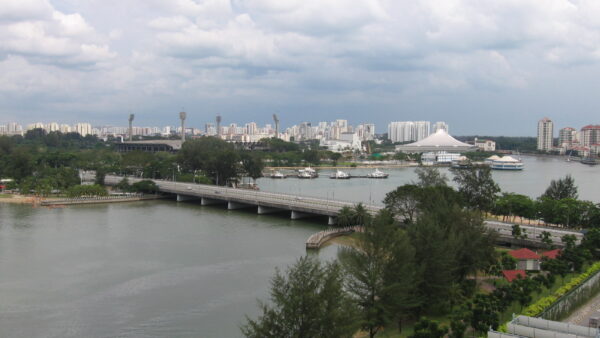China Experimental Fast Reactor (CEFR), intended to provide the know-how and experience for a fleet of sodium-cooled fast reactors, has completed the first phase of its commissioning tests, according to the World Nuclear News website.
The final element was an emergency shutdown from full power.
The reactor is operated by the China National Nuclear Corporation (CNNC) at the China Institute of Atomic Energy, outside Beijing.
CNNC has been studying the reactor since it went critical in 2010 and was connected to the grid at 40% capacity in 2011. Since then, tests have been carried out on the reactor, the turbines and of the sodium pumping system at increasing power levels.
These culminated in June with 40 days of testing at full power. Now that the engineers have shown that they can conduct an emergency stop at full power, the reactor will be refuelled and serviced, after which operations will be restarted to carry out planned experimental research work.
The CEFR is a relatively small, 20MW reactor, built by a Russian consortium led by OKBM Afrikantov, a subsidiary of Rosatom. First concrete was poured in 2000.
Fast reactors are so called because they use more energetic neutrons to split apart uranium atoms. In conventional reactors, moderators are used to slow the velocity of neutrons, which increases the rate of fission.
The use of faster neutrons requires a fuel that contains more highly enriched fuel, however most of that fuel is consumed in the reactions, creating minimal radioactive waste.
In the future, China’s nuclear industry will be based on fast reactors. The development plan is intended to follow a three-stage strategy, beginning with the experimental reactor, followed by a demonstration reactor and ending with a commercial fast reactor.
The demonstration reactor is the sodium-cooled CFR-600 – so called because its output will be 600MW – under construction at Changbiao Island in Fujian province, about 300km south of Shanghai. It is expected to begin operation in 2023.
The commercial reactor, the CFR-1000, is expected to begin on site in 2028 and to begin operation around 2034.
As well as the fast design, China is working on a fourth-generation slow reactor in Ruijin in Jiangxi province (see further reading).
Image: China Experimental Fast Reactor (Petr Pavlicek/IAEA/CC BY-SA 2.0)
Further reading:





